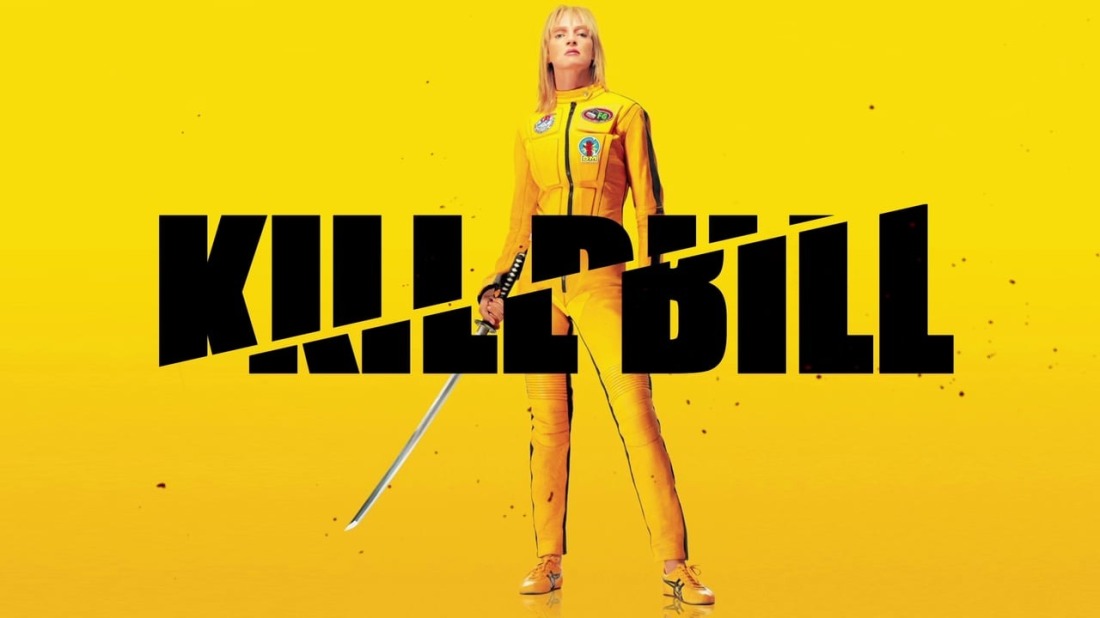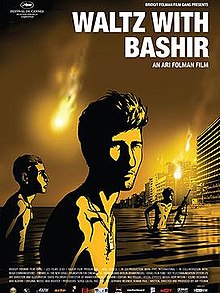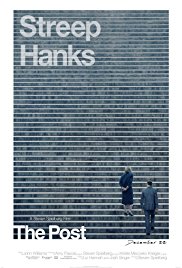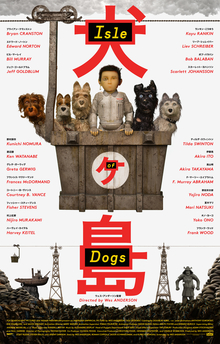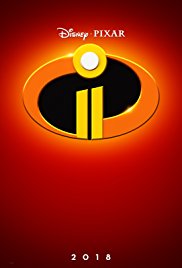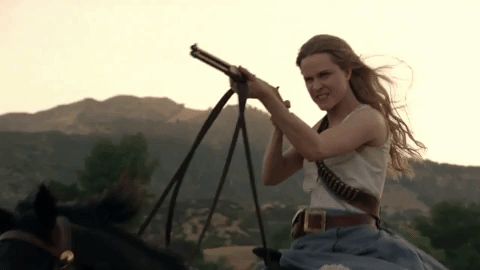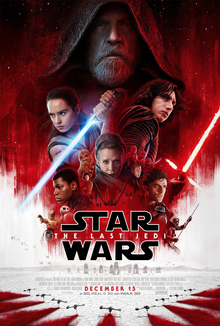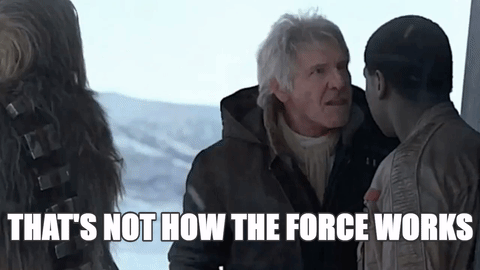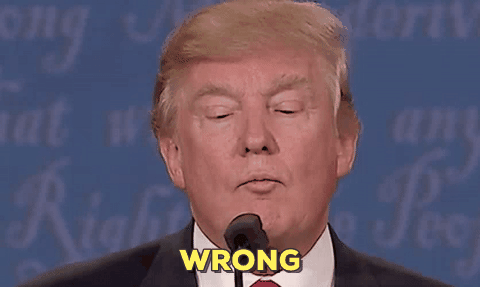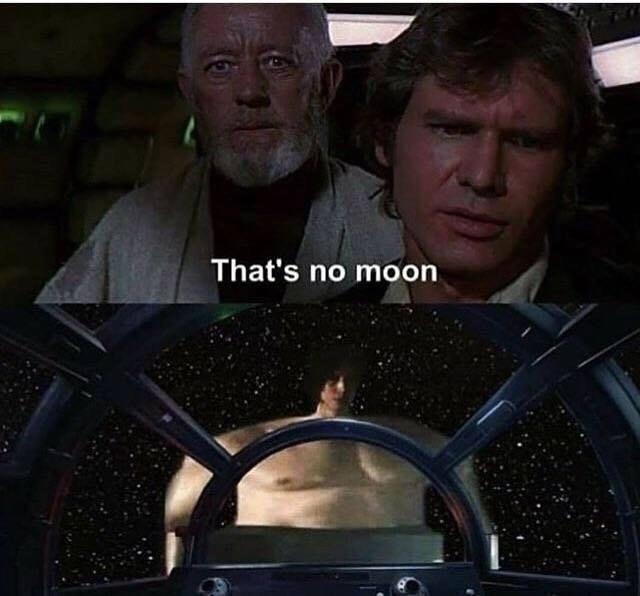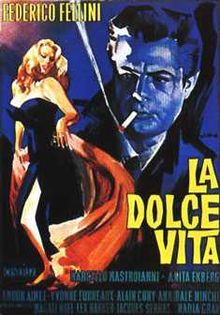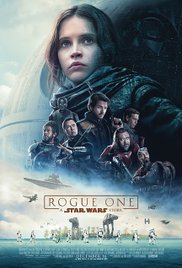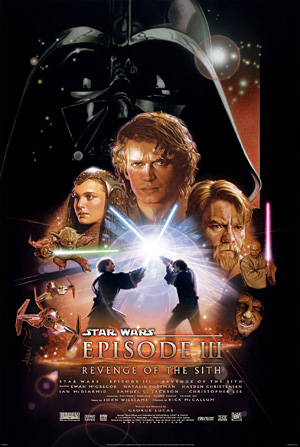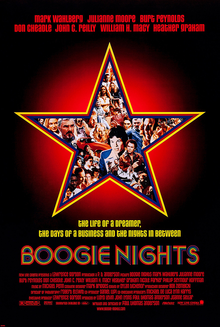
Nowadays, audiences new to the work of Paul Thomas Anderson will find drawn-out, ripping character dramas that make modest success at the box office, and find massive critical success. However, with the never ending cacophony of CGI-fests and superhero flicks, it is important to remember the films that matter, starting perhaps with the domineering force of Anderson, one of the best American filmmakers around today.
It took Scorsese almost twenty years making movies to find the shining, brutal, and quick tone of a lifestyle study with his fifteenth film Goodfellas in 1990.
It took Anderson a tenth of that time with his second film.
Boogie Nights explores the seductive and frenetic world of the pornography industry of the late 1970s and early 1980s. The narrative follows Eddie Adams (later Dirk Diggler), played by Mark Wahlberg, as he searches for how he can become the star he was meant to be. If anything, Boogie Nights starts as a necessary study of the American masculine ideology, to be the best–exceedingly and without fault that is–in everything he does. That is what Diggler wants to do, and it corrodes him to a hardened shell of the man he would have become otherwise. Wahlberg’s transformation from a wide-eyed, naive busboy at a nightclub to a demanding and violent “star” is handled uniquely and deftly.
Wahlberg’s performance is just the tip of the iceberg in what proves to be a beyond stellar ensemble cast. Burt Reynolds, Julianne Moore, John C. Reilly, William H. Macy, Heather Graham, Philip Seymour Hoffman, and Don Cheadle are examples of the acting power that exists in this film. Their control on a wild spirit of a subject never lets the viewer go.
Beyond the phenomenal casting, Anderson’s direction is where the film truly shines. In his other films that I have seen (There Will Be Blood (2007), and Phantom Thread (2017)) his level of “control” is something that was a constant. Scenes would be set up, and executed, with a necessary level of beautiful simplicity. That is a far cry from what is exemplified with this film in his early career. With wonderful tracking shots (the opening scene at the nightclub, the party at Jack’s house, and the tour of Dirk’s house a la Goodfellas), he is able to tame a beast of storytelling while still allowing for some of it to break through.
Through montage, and eccentrically edited scenes, the fast paced and warring aspect of the pornography industry is made plain. It is marvel to witness this stark ability of direction and film making, especially when considering how young (27), and relatively inexperienced Anderson was at the time of making this film. Unbridled passion clearly works to create the absolute genius on display in Boogie Nights.
Another key point of praise that must be made is the soundtrack. Film soundtracks only go one of two ways: hit (Jackie Brown), or miss (Suicide Squad). From the jovial attitude of rock orchestra Apollo 100, to the disco kings (and queens) of Boney M., the soundtrack ebbs and flows with the greatest collection of hits that I have ever heard in a film. In going back to soundtracks that are a miss, execution with the song is absolutely key to create a lasting effect, and response, from the audience. A film like Suicide Squad forces feeds the audience overused and frankly boring tracks in order to jazz up an already thin story-line. Fortunately, this is not the case with Boogie Nights. The soundtrack quite literally never ceases, but each track is affixed in perfection to the images accompanying it on screen. The odyssey of Dirk Diggler and his compatriots are aided in full by this brilliantly picked soundtrack. When you see it, you’ll know what I mean. It is with no stretch of the imagination or use of hyperbole when I say this is the greatest film soundtrack (with exceptions of purely original orchestral ones) that I have ever heard.
A point of criticism that I’ve seen written about Boogie Nights is the lack of a cemented moral awakening or meaning to the narrative. But the point of the film is of the warped perception of value in the characters. They find themselves in a fixed path towards a shining light at the end of the tunnel that no matter what they try, they’ll never reach it, hammering a sense of brutal reality into the film.
If you only see one P.T. Anderson film in your life, make it Boogie Nights. Besides, it’s on Netflix.
A confident…
5/5
